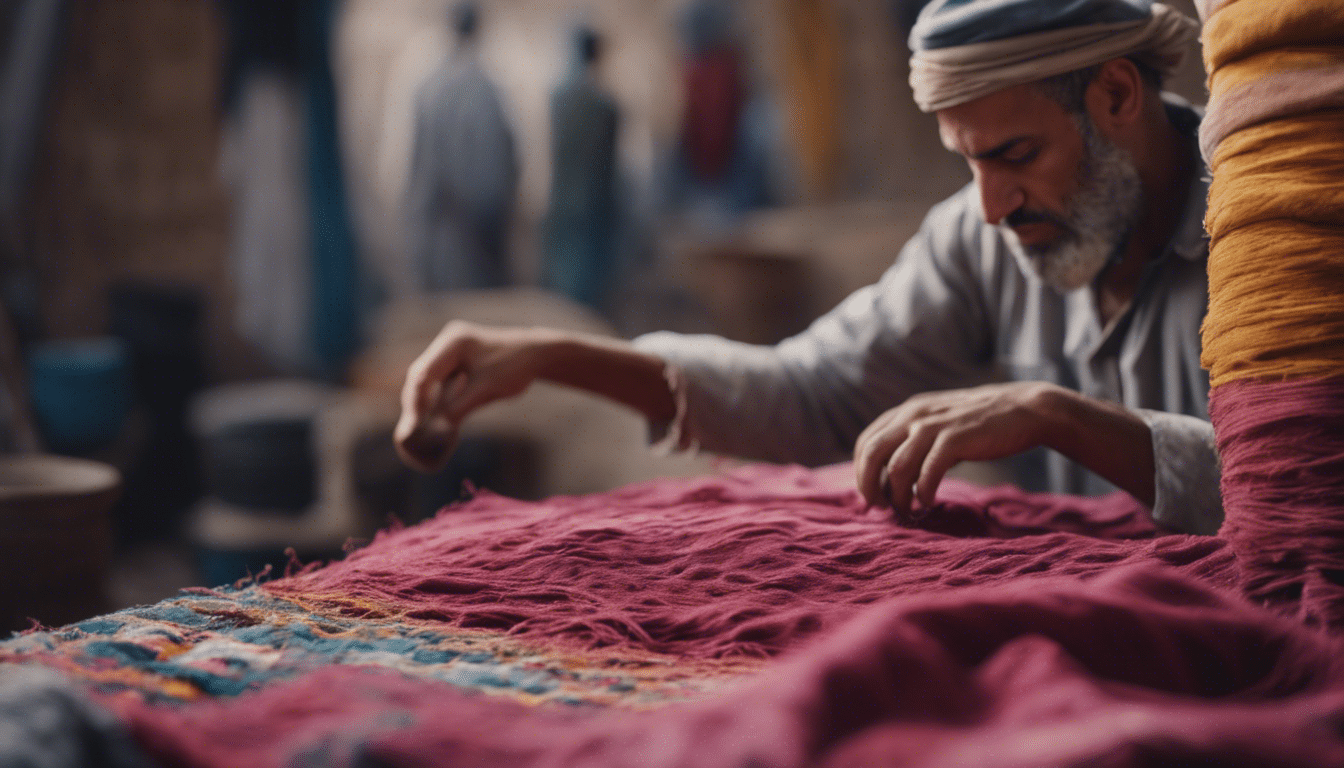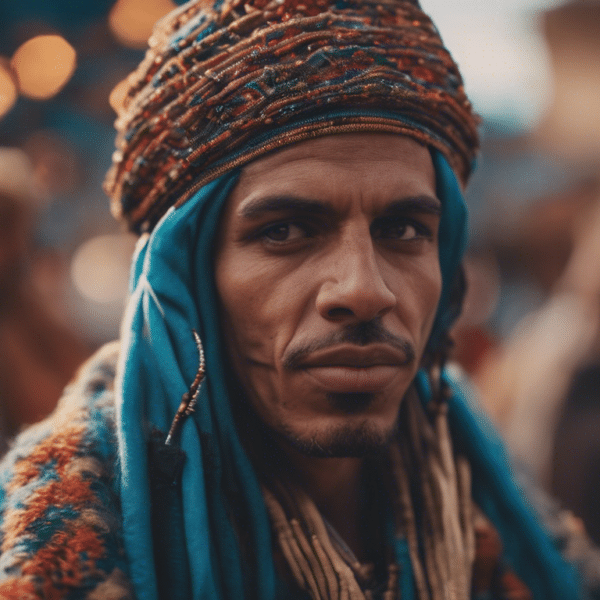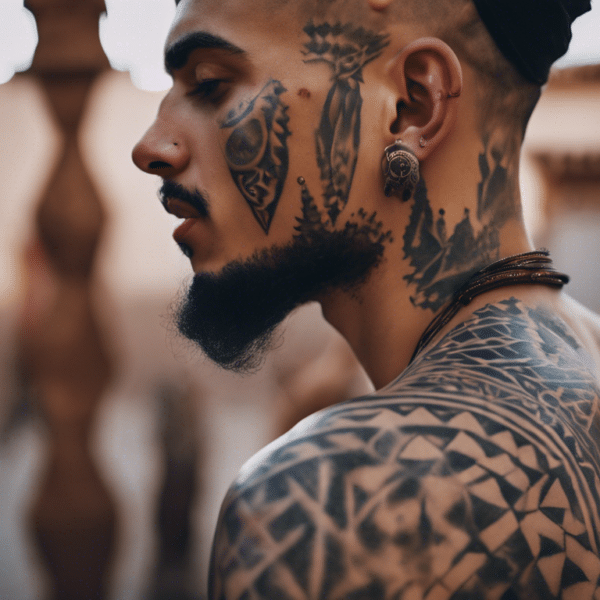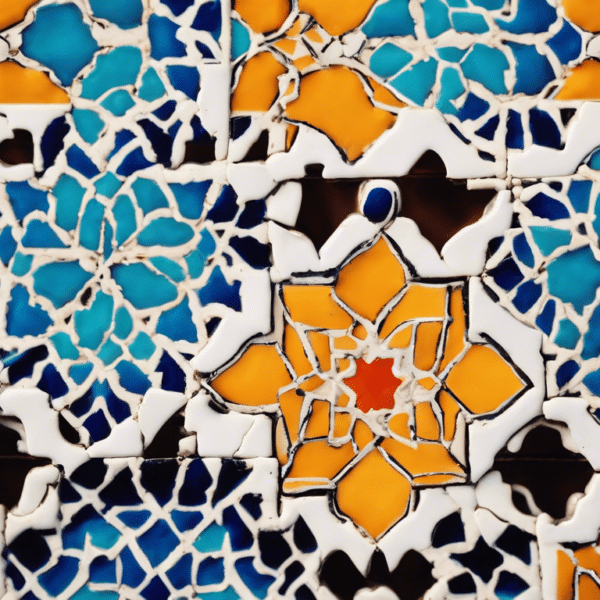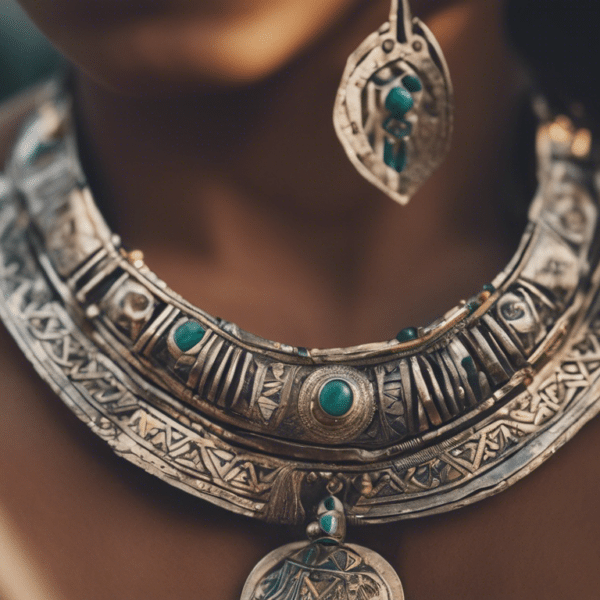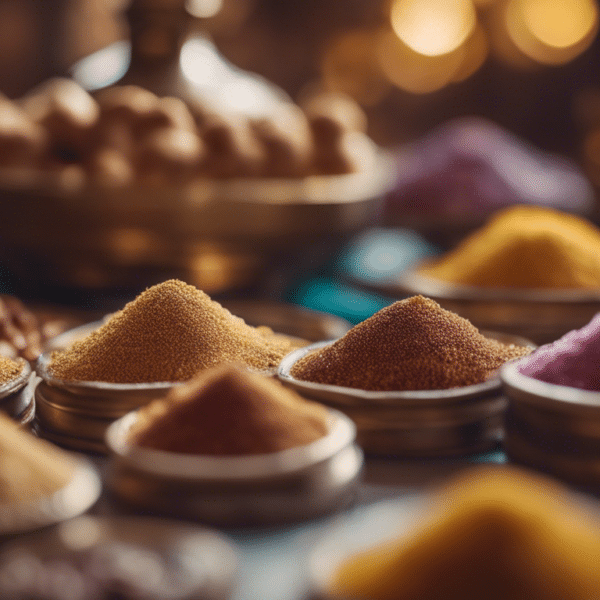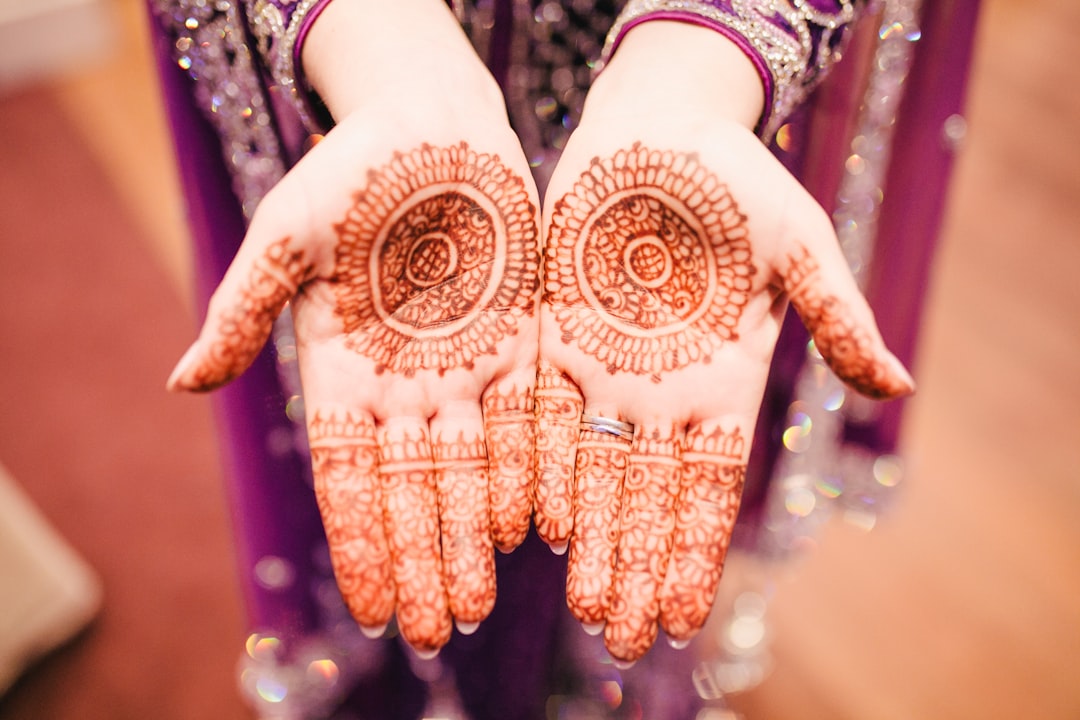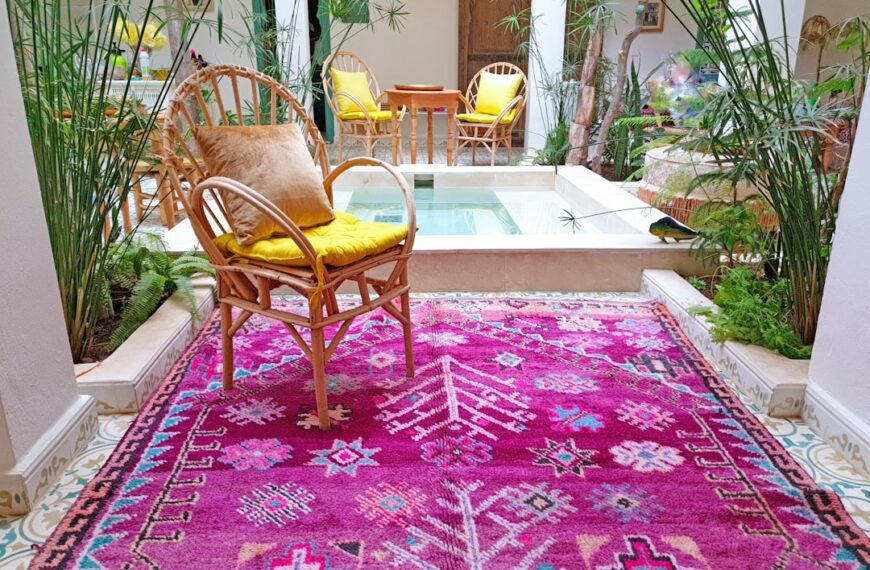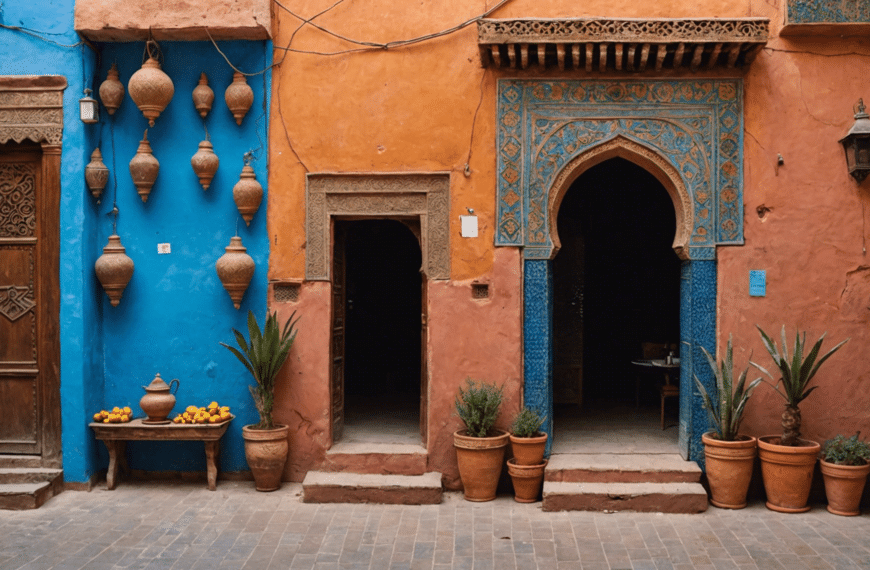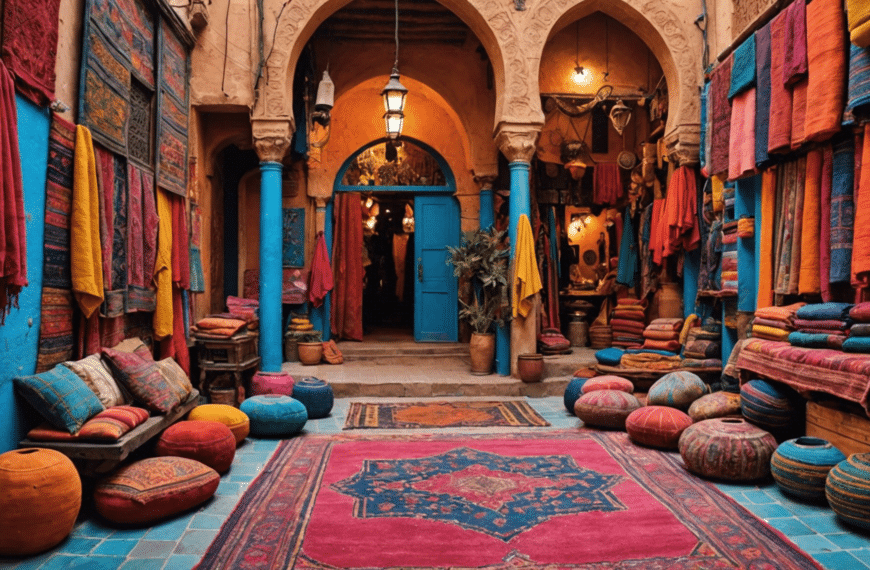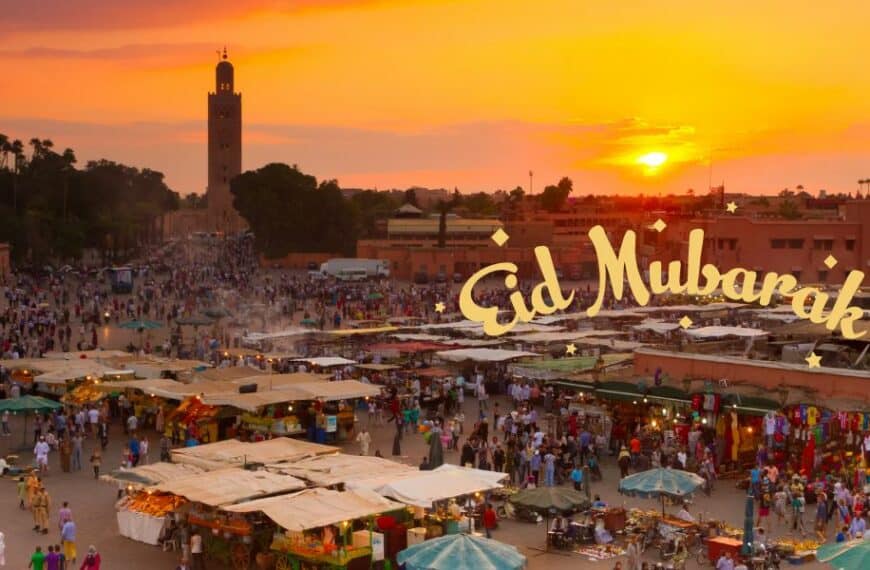Embark on a vibrant journey through the woven heart of Morocco, where ancient dyeing techniques birth a tapestry of breathtaking hues. In the mysterious alleys of medinas, the secrets of traditional Moroccan textile dyeing await – a craft as old as the mountains, echoing the soul of the land. Unveil the stories behind the colors, where nature and human artistry blend into threads that cradle whispers of the past. This exploration isn’t just about pigment and cloth; it’s a voyage through history, culture, and the timeless rituals that still thrive in the hands of master dyers. Prepare to be captivated by the rich symphony of Moroccan textile artistry, where every dip and dye is a note in an ancestral melody.
Delving into Moroccan Textile Heritage
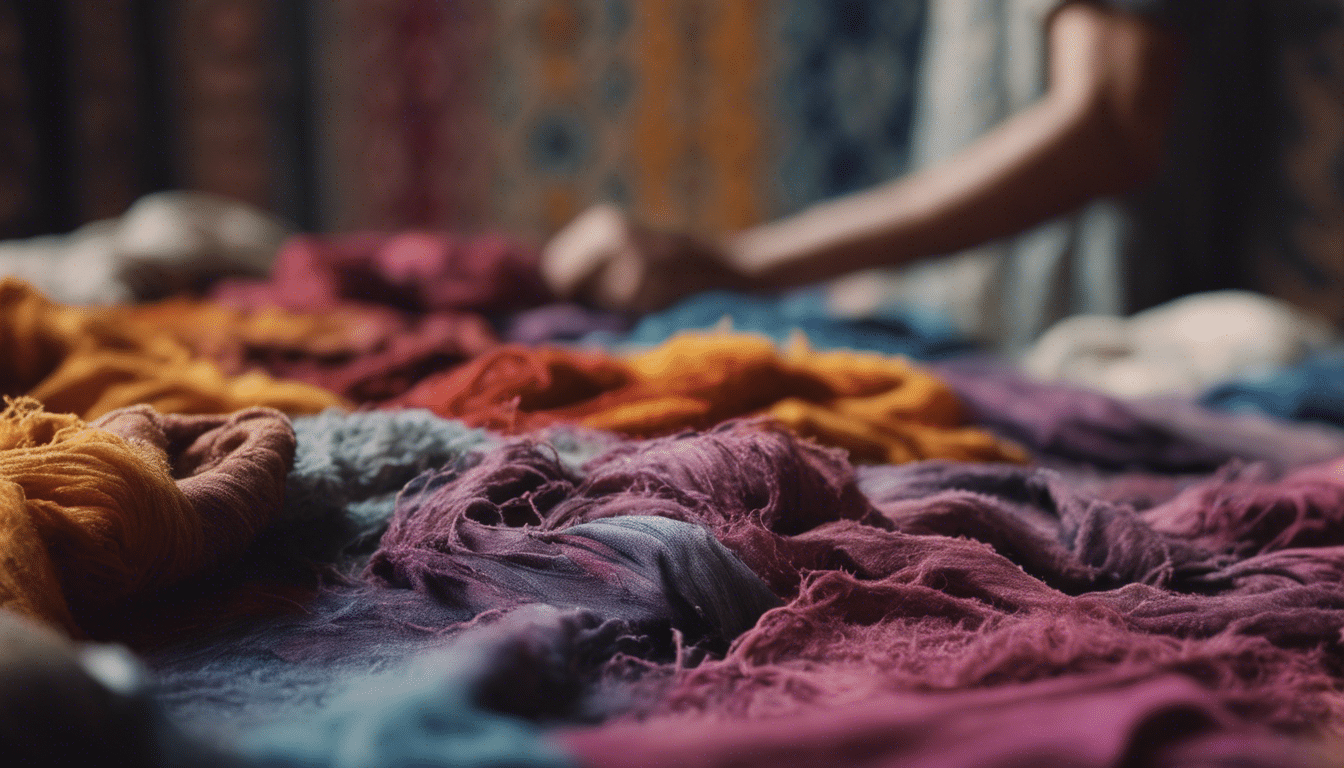
The story of Moroccan textiles is a vibrant tale spun with threads of history, culture, and artistry. Within this tapestry, the dyeing methods hold a spectrum of secrets waiting to be unraveled. Let me guide you through the rich and colorful world of Moroccan textile dyeing, an ancestral practice that continues to fascinate and inspire.
The ancient craft of color
In Morocco, the craft of dyeing is both ancient and magical. Picture a bustling souk in Marrakech, where the air is filled with the scent of spices and the whispers of age-old secrets. Amongst the maze of market stalls, a kaleidoscope of textiles catches the eye. This visual feast owes its existence to the skilled dyers who have perfected their craft over centuries. The art begins with the selection of natural dyes, sourced from the local environment. Pomegranate skins, saffron, mint, and indigo are key players in the dyeing processes, each offering a different hue and symbolism to the fabric they transform.
Techniques steeped in tradition
There’s a sense of ritual, passed down through generations, when it comes to dyeing textiles in Morocco. Processes vary from one region to another, and the methods themselves often depend on the materials at hand. Here’s what typically unfolds in the dyeing workshops, or “fondouks”:
– Selection of natural fibers: Cotton, silk, and wool are the primary canvases for Moroccan dye artisans. Each material interacts uniquely with the dyes, displaying subtle nuances in color and texture.
– Creating the dye bath: Ingredients like alum and other natural mordants help fix the colors to the fibers, ensuring longevity and vibrancy in the final textile.
– Immersion and timing: The dyer’s expertise shines in judging how long the fabric should be immersed in the dye bath, a skill that ensures the right depth of color and evenness.
Dyeing methods that tell a story
Each dyeing technique imparts a different narrative to the textile. The famed Moroccan blue of Chefchaouen is not simply a color, but a symbol of the sky and heaven, achieved through a meticulous process of dyeing with indigo. The fiery reds of the desert people speak of their passion and strength, often derived from henna and poppy flowers. To explore Moroccan textiles is to read the diaries of its people – their journeys, beliefs, and connections to the natural world around them.
Safeguarding the future of Moroccan textile heritage
While modernity has introduced synthetic dyes, there remains a strong movement within Morocco to preserve the traditional dyeing techniques. Artisans, enthusiasts, and patrons of the craft understand that it’s not merely about creating a piece of cloth, but about conserving a story, a piece of heritage that can be draped across shoulders or spread beneath feet. It is a heritage rich in color, steeped in tradition, and infused with the spirit of Morocco.
This unending passion for upholding Moroccan textile traditions is not only seen in marketplaces or museums but also in educational institutions and cooperatives where the dyeing techniques are taught to new generations. As each hand dips into the dye bath, it’s not just producing a textile; it’s weaving a future where tradition and identity continue to flourish.
The Roots of Moroccan Dyeing Techniques
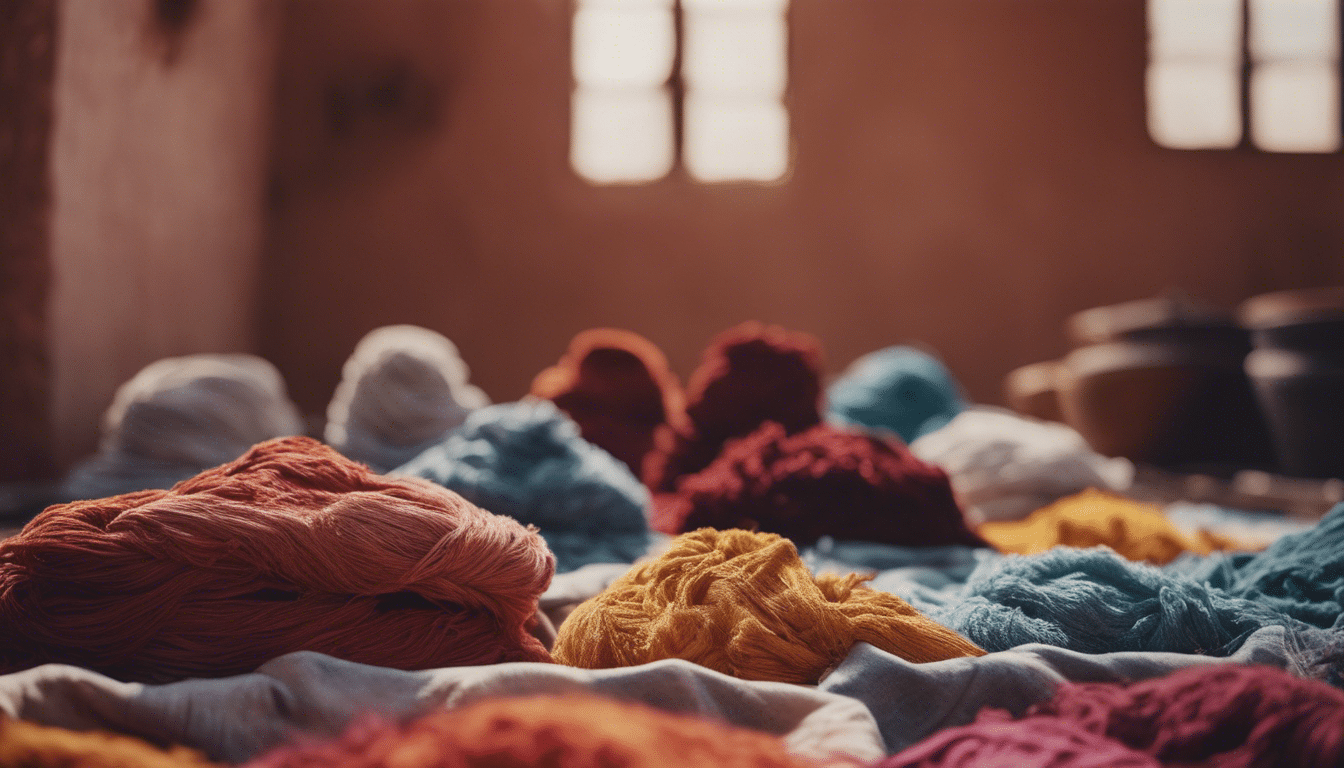
Deep in the heart of Morocco’s bustling medinas and amongst the tranquil Atlas Mountains, artisans employ ancient techniques to transform plain threads into vibrant textiles that tell the story of a rich cultural heritage. To appreciate these textiles is to understand the intricate Moroccan textile dyeing methods that are deeply woven into the fabric of Moroccan history and artistry.
The roots of Moroccan dyeing techniques are as colourful as the country itself, reflecting a blend of indigenous Berber customs and the influences of various civilizations that have passed through Morocco’s land. These methods, from the choice of dyes to the process of coloration, are not merely a means to an end but are seen as an art form that pays homage to the complexities and nuances of Moroccan traditions.
Natural Dyes: Embracing Nature’s Palette
The use of natural dyes is one of the most fascinating aspects of Moroccan fabric coloration. Unlike synthetic dyes, these organic substances are harvested from the local environment, creating a unique bond between the land and its creations. Here are some of the typical natural sources of pigments you might find:
– Indigo from plants for deep blues
– Henna for rich reds and oranges
– Pomegranate skins for soft yellows
– Logwood for purples
– Saffron for vivid yellows
This relationship between the natural world and Moroccan textiles is not coincidental but a deliberate effort to sustain and celebrate the natural resources available. It also means that the hues are in harmony with the surroundings, echoing the landscape from which they emerged.
Mordant Dyeing: The Magic of Fixatives
The magic of dyeing is not only in the colors produced but also in the use of mordants – substances that fix the dye to the textile. It is here where the dyeing process becomes an alchemical experiment, turning simple elements into lasting statements of beauty. Traditional mordants in Moroccan dyeing include:
– Alum, the most widespread mordant, which gives bright and lasting colors
– Iron, often used as a darkening agent
– Copper, which can alter hues to give greenish tones
These mordants allow for an impressive vibrancy and longevity of the colors that bring Moroccan textiles to life and ensure that the garments can tell their stories for generations to come.
Tie-Dye and Resist Dyeing Techniques
Not all Moroccan textiles are a uniform block of color. Patterns emerge from methods that resist dyeing, such as tie-dye and ikat. These techniques involve binding certain areas of the textile to prevent them from absorbing dye, creating intricate designs and patterns that are recognized globally. The symbolism of these patterns often carries significant cultural weight, often telling tales of fertility, protection, and the natural world.
Reviving Tradition: Modern Approaches to Ancient Crafts
As our world becomes increasingly globalized, there is a beautiful trend of reviving and sustaining historical dyeing methods in Morocco. Artisans are not only preserving the past but creatively innovating within the realm of traditional practices. This modern take on ancient crafts ensures that Moroccan textile dyeing remains a relevant and cherished art form, while also contributing to sustainable practices and supporting local economies.
In the immersive journey through the dye vats and workshops of Morocco, one comes to appreciate the meticulous artistry of Moroccan dyeing techniques. The hues that emerge are not just colors but a testament to the resilience and creativity of the Moroccan people. Each thread is a tribute to the hands that dyed it and the ancient stories woven throughout time.
Understanding the Local Dye Sources
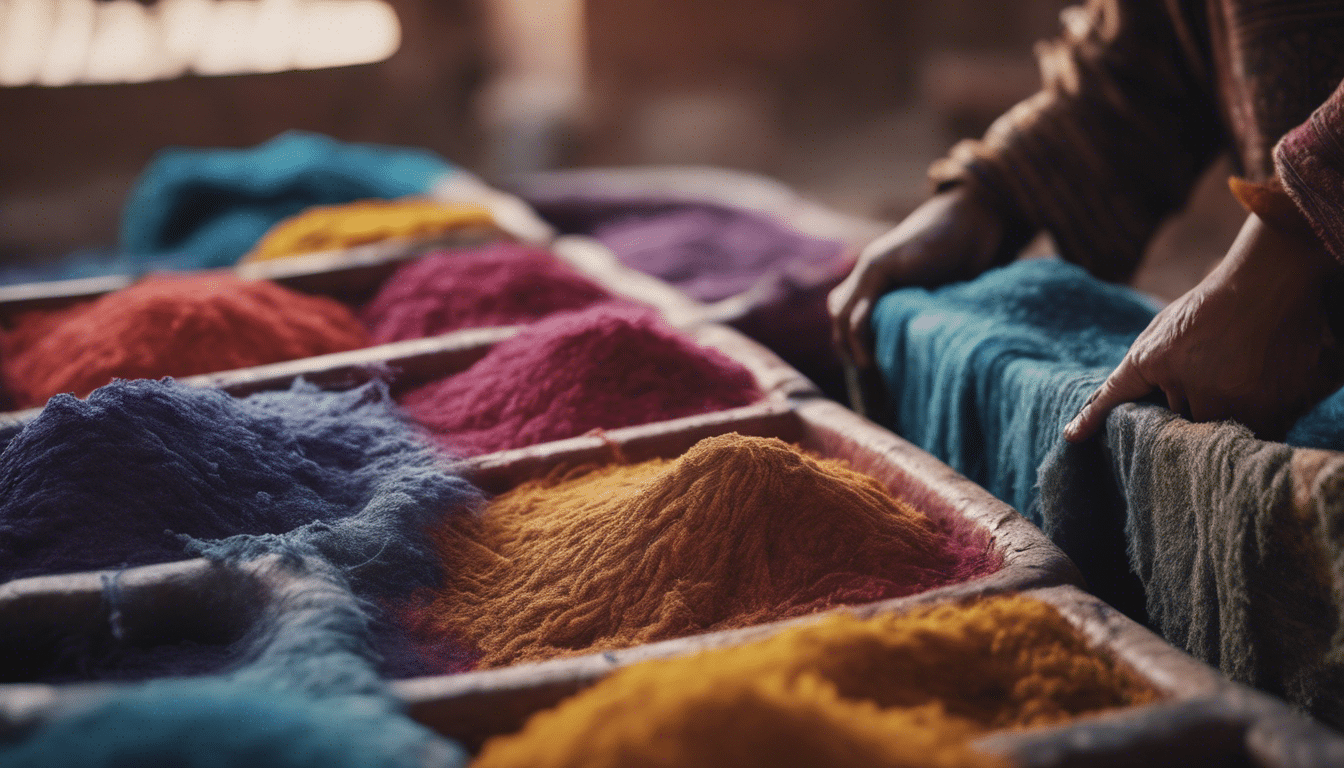
In the heart of Morocco, a country renowned for its vibrant colors and intricate designs, the ancient craft of textile dyeing remains a living art form. The hues that adorn the Moroccan textiles speak not just of beauty but of a deep understanding of local dye sources and methods that have been passed down through generations. To truly appreciate these textiles, one must journey into the world of Moroccan dyeing methods where natural ingredients meet age-old techniques.
Natural Ingredients for Colorful Expressions
At the very core of Moroccan textile dyeing is the use of natural sources to produce a rich palette of colors. It’s a harmonious blend of nature and human ingenuity, with local materials like saffron for yellow, henna for reds and oranges, indigo for blues, and iron sulfate mixed with pomegranate for blacks. These are but a few examples from a broad spectrum of organic materials utilized by the artisans.
Indigo: Deep Blues of Moroccan Sky
The use of indigo, one of the most coveted dyes, is a story in itself. Derived from the indigofera tinctoria plant, the production of this dye is a labor-intensive process that involves fermentation and careful treatment to produce the deep blues so renowned in Moroccan fabrics. This natural pigment links Moroccan textiles to the vast sky and the deep Atlantic that borders the country.
Madder and Henna: From Earthy Reds to Vibrant Oranges
Madder root and henna bring warm tones to the textile spectrum. While madder provides a range of reds to pinkish tones, henna imparts a unique orange hue that is synonymously Moroccan. Artisans have mastered the manipulation of these ingredients to vary shades and intensities, crafting textiles that are full of life.
Pomegranates and Iron: The Secret to Rich Blacks
Achieving a rich, unfading black is often the mark of an expert dyer. In Morocco, the secret lies in combining iron sulfate with the acidity of pomegranate skins. This blend not only offers a deep black but also imbues the fabric with durability, a practical advantage well-known to local artisans.
The Dyeing Process: A Symphony of Steps
The dyeing process itself is a rhythmic dance between the dyer and their materials. It’s a cycle of preparing the dyes, treating the textiles, and repeating procedures to reach the desired outcome. Depending on the material and the hue, the textile may undergo several washes, soaks, and sun-drying, steps that contribute to the final vibrancy and lustre of the fabric.
Environmental Consciousness and Sustainability
In a time where sustainability is becoming increasingly significant, Moroccan dyeing methods have re-emerged as a beacon of eco-friendly practices. The use of local, natural dyes ensures a low environmental impact and promotes a sustainable cycle of textile production that honors the earth from which these dyes are derived.
Incorporating Tradition into Modern Fashion
Today, Moroccan textile dyeing methods are not only about preserving tradition but also about embracing modernity. Designers are increasingly turning to these methods to create fashion that’s not only captivating but also tells a story of cultural identity and sustainable artistry.
In the labyrinth of Moroccan markets or within the quiet of an artisan’s workshop, the textile tells a tale. Behind the rich reds, the deep blues, and the earthy yellows lies an understanding of the local dye sources—a narrative of Moroccan culture interwoven with each thread and color. It’s a tradition that deserves recognition, not only for its aesthetic value but also for its role in sustainable practices and cultural preservation in a world that’s all too swiftly changing.

